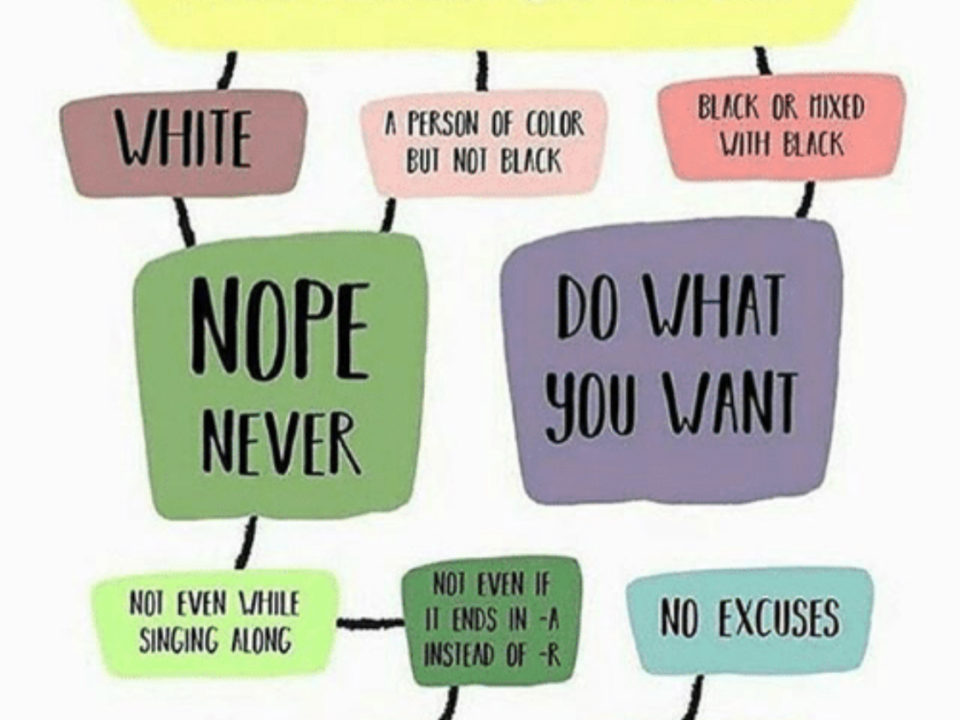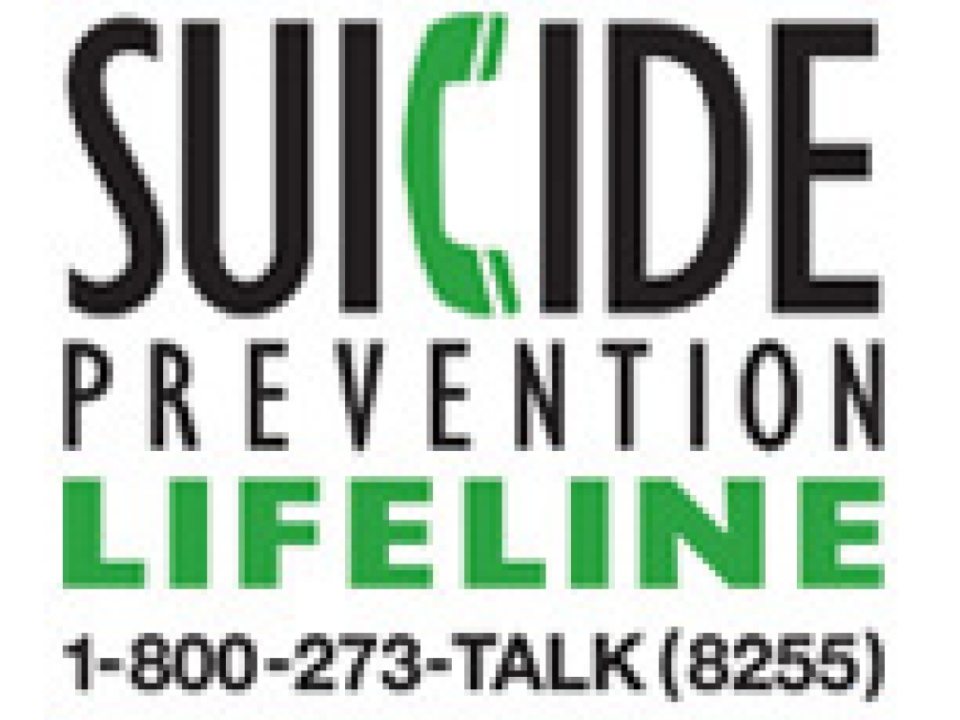I first wrote this blog several months ago, but I thought now would be a good time to bring it back to the forefront for two reasons. 1. I just sat down with the amazing Keisha Lacelin of Focus Atlanta to discuss the topic (you can CLICK HERE to see the video) and next month's Free First Friday Webinar hosted by the Let's Get Mentally Fit campaign will be about FOOD and MOOD. I encourage you to check it out. CLICK HERE for more information about that! So here goes...
----
Emotional eating affects millions of Americans. And while most who deal with overeating have repeatedly attempted to banish the behavior from their lives forever, many have no idea how to do so and as a result have been unsuccessful.
Like all human behaviors, emotional eating develops and persists due to a combination of biological, psychological and social reasons. We often focus on the “choice” to eat, and fail to recognize the factors that are driving that “choice.” Understanding those unrecognized factors is the first step to developing an effective plan for minimizing and/or preventing future episodes of emotional eating.
First let’s have a quick lesson on the biology of the brain. When discussing the parts of the brain that are responsible for behavior, we can conceptualize the brain in two main parts –
- The Deep Brain, which for this discussion will include the Limbic System and Dopamine Pathway the areas of the brain where our emotions, impulses and motivation develop.
- The Prefrontal Cortex which is responsible for our thinking, decision-making and impulse control.
The two are, of course connected, with the Deep Brain constantly sending emotional information forward to the Prefrontal Cortex whose responsibility it is to take that information and decide how we will respond to it.
So how is this related to emotional eating? When we eat palatable foods (code word for extra delicious because they are usually high in sugar and fat), our Deep Brain releases natural opioids (yes the same chemical found in Heroin) and a brain chemical called dopamine. The opioids create a feeling of euphoria while the dopamine sends a message to the prefrontal cortex that says “we cannot live without this – do whatever it takes to get more.” In and of itself, this combination of brain chemicals might not be so dangerous. However, when combined with stress and/or a relative absence of other natural sources of opioids and dopamine, palatable foods can become the drug that the prefrontal cortex knows will make us feel better when we feel bad.
Speaking of stress – our lives are full of it. Relationship stress. Work stress. Home stress. Financial Stress. Parenting stress. Too many things to do and not enough time stress. Shouldering the weight of the world and no one to share it with stress. Barely keeping your head above water stress. All of these stressors are increasing the risk that you will succumb to emotional eating. This is intimately related to the brain chemistry we discussed above. Negative emotions and stress create a feeling of dysphoria (unhappiness). Your brain knows that eating palatable foods will cause a release of natural opioids and dopamine. The opioids will create a feeling of euphoria to undermine the dysphoria caused by your stressors. The Dopamine will reinforce for the brain that the emotional eating was a good and effective strategy for managing the dysphoria. Unfortunately, the act of overeating in the face of stress creates its own set of negative emotions – guilt, feelings of loss of control – which then create more dysphoria, which the brain interprets as a need to eat more palatable foods in search of opioid euphoria, and you can see how the vicious loop constantly reinforces itself.
It is critically important that we understand this biological lover's triangle between palatable foods, opioids and dopamine because it undermines the idea that you overeat just because you’re weak and making bad decisions. There is actually a biological loop that is driving you to make those decisions. And so the question becomes how do we break that loop?
The short answer has at least three parts.
First, we have to create an optimal environment for the Prefrontal Cortex. This means minimizing stress and managing health conditions including physical illness, depression, anxiety and anything else. By doing so, we reduce the amount of negative information that is sent forward for the Prefrontal Cortex to manage.
Second, we have to train the Prefrontal Cortex to make a different decision when the Limbic System and Dopamine Pathway send forward the message EAT PALATABLE FOODS.
And that leads us to the third part which is finding other sources of opioids and dopamine so that the Prefrontal Cortex actually has a variety of options when it goes to make a healthier choice. Some options for causing a natural opioid surge include: exercise, taking a walk on a sunny day, taking a hot shower/bath, getting a massage. And, if you want some Dopamine reinforcement of those activities – do it with a friend or loved one. Nurturing is one of the four basic triggers for releasing dopamine in the brain.




